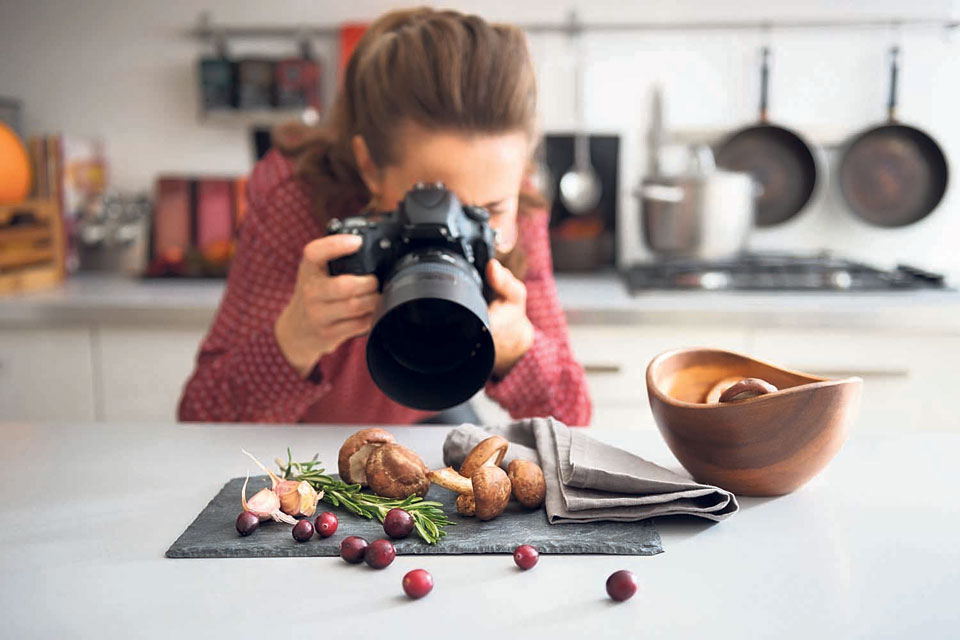The gems of Sauraha
5 years ago

5 years ago

6 years ago

6 years ago

6 years ago

Composition:
Composition is deciding and arranging different components and items that go together in a picture. It also consists of arranging items inside the photo that would otherwise not follow symmetry. It also means visualizing the image before taking the shot. One must decide while visualizing, if the picture focuses on the right objects, if the colors fit, and what kind of emotions it conveys.
Understanding composition means awareness of components such as the rule of thirds, which means visualizing four lines intersecting each other in a ‘tic-tac-toe’ manner, creating nine individual squares. One must then decide if the image will look better with the focal point in the center, or if it will look better with the focal point off center. An example of this would be a photo of a bicyclist in action. Keeping the bicyclist at the center of the frame may draw attention to him, but keeping the subject either on the left or the right with spacing ahead of him would give a sense of direction to the cyclist. Portraits taken with the rule of thirds in mind, follows its own rules, like rule that states that the eyes should be on a horizontal plane a little above the top line but may vary accordingly to whether the portrait is a close-up or wide-angled shot.
Another thing one must keep in mind is whether to fill the frame with a subject or with an intriguing background that tells a bigger part of the story. Such things must be decided by the photographer.
When taking landscape photographs, it is best to create depth of field. This can be done by using an aperture setting of about f/16 so that the foreground as well as the background is sharp. Further placing a subject in the foreground allows viewers to see distances in-between objects.
If you have a strong subject, it is best not to opt for distractive background. Use a simple plain background, one with simple patterns or neutral colors so that the subject is focused. This becomes vital especially when the subject of your shot is off-center.
Number of shots:
Photography is a skill and as any other skill the more you use it the better you get at it. Taking a lot of photographs whenever it is possible and at the right moments gradually teaches one to improve by themselves. Also, taking multiple shots of the same subject with different settings will lead to at least one picture being almost perfect.
Reading the manual:
Though the manual is not something most people read, it is essential that you do so. Even if the manual is a boring read, and you may not understand everything you read, there will be some new things you will learn about your camera which will help you use your device more efficiently.
Buying equipment:
Beginners must understand that the field of photography requires quite a big investment. One needs to buy expensive camera bodies, various lenses, tripods, and filters. But it is not necessary that the best and most expensive equipment will result in a good photograph. If you don’t know how to fully utilize your equipment, it is not worth buying. If you aren’t experienced in photography, you should not invest in the best DSLR in the market. So instead, you can start small with mobile photography and gradually move up to a DSLR. The more photos you take, the more you will realize what kind of camera you will be most comfortable with. Before you buy a camera, it is also important for you to do a bit of research on the different models available. With a lot of brands and now the option between mirrored and mirror-less cameras, it may be the most crucial step during research.
Post-processing photographs:
Most beginners to photography underestimate the power of post processing. Post processing can turn a good photograph into a great photo. It is all about practice with post-processing software like Lightroom and Photoshop. The large number of tools available can be scary at first, and misusing these tools can also lead unwanted results, but after learning about the usage of each software and its tools you will find ways that work best for different kinds of pictures. After mastering these software, you will automatically think about post-processing photographs, and will be able to work on your worst shots and get the best out of them. But post-processing is up to the photographer as some photographers prefer natural photographs.
Leave A Comment